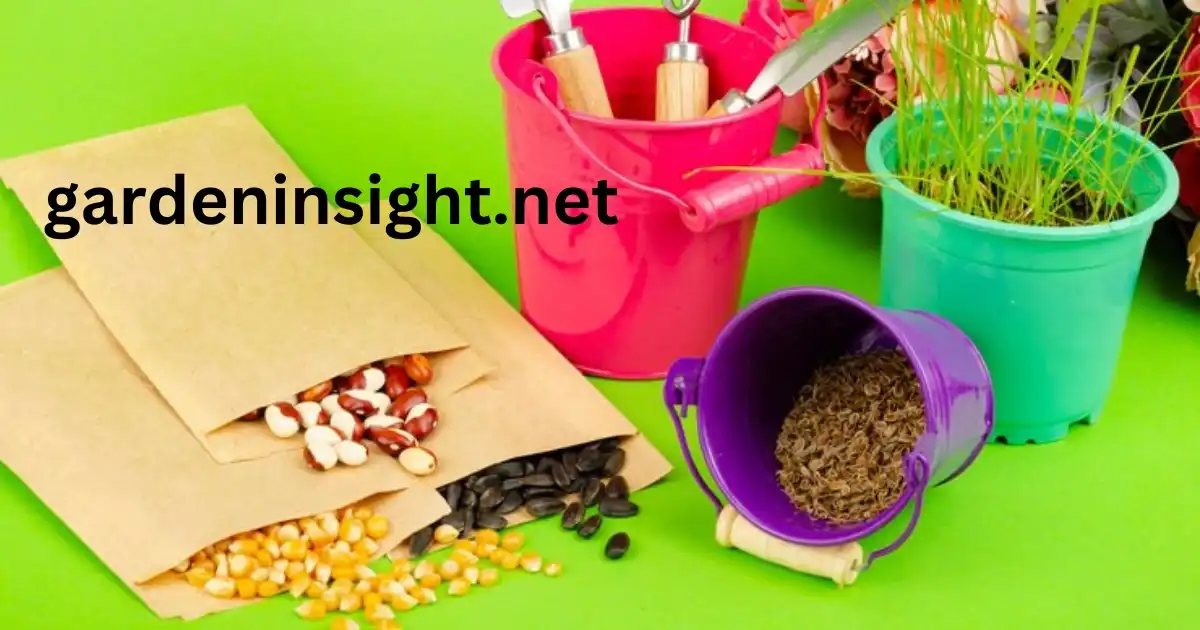Gardening is a fulfilling activity that connects us with nature. One of the most critical aspects of gardening is understanding how long gardening seeds last.
Enthusiasts often find themselves with leftover gardening seeds from past seasons. Understanding seed longevity is vital for successful gardening, ensuring healthy plants and bountiful harvests.
Proper knowledge about seed longevity ensures successful planting and healthy crops. This guide provides valuable insights into factors affecting seed life, proper storage techniques, and testing methods to determine seed viability.
Understanding Gardening Seeds Viability Span
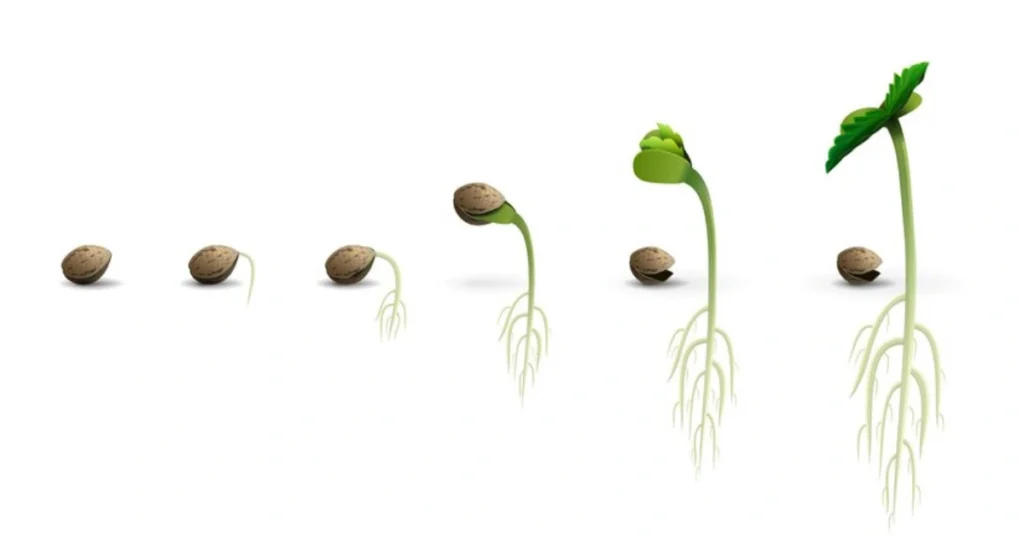
Seed viability duration refers to the period during which seeds remain capable of germinating. Different gardening seeds have varying lifespans influenced by species, storage conditions, and age.
Generally, most gardening seeds last between one to five years, but some can last much longer if stored properly. Several factors contribute to seed longevity, influencing their ability to germinate and grow into healthy plants.
Average Lifespan of Common Seeds
| Seed Type | Lifespan (Years) |
|---|---|
| Tomatoes | 4-6 |
| Peppers | 2-3 |
| Carrots | 3-4 |
| Lettuce | 5-6 |
| Beans | 2-3 |
| Cucumber | 5-6 |
| Squash | 4-5 |
Best Storage Methods for Seeds
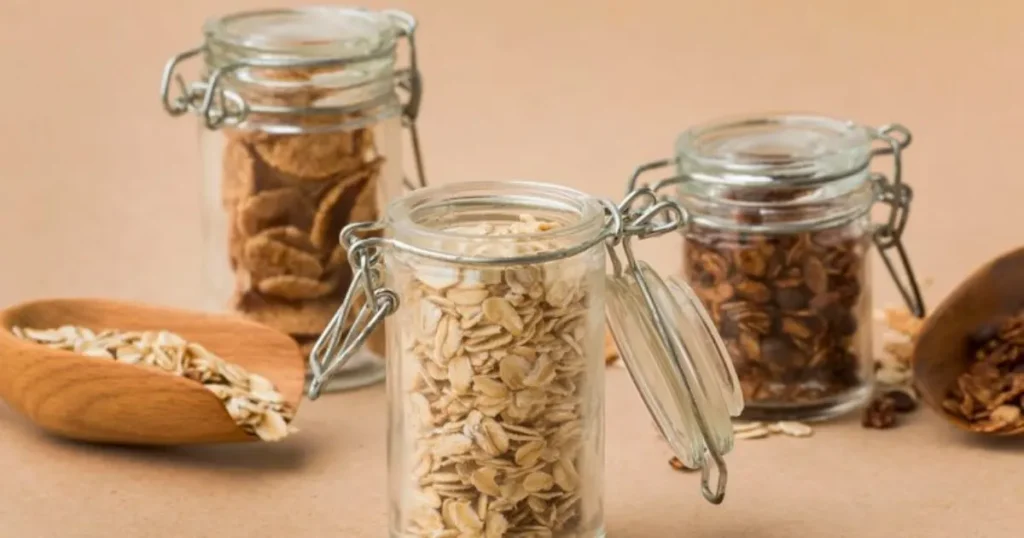
To maximize seed longevity, it is essential to employ the best storage methods. Proper storage can significantly extend the life of your gardening seeds.
Storage Conditions
Proper storage is crucial for preserving seed viability. Environmental factors like temperature, humidity, and light exposure can significantly impact seed longevity.
- Temperature: Ideal storage temperatures for most seeds range from 32°F to 41°F (0°C to 5°C).
- Humidity: Low humidity levels are essential to prevent mold growth and premature germination.
- Light: Exposure to light can degrade seed quality; store gardening seeds in a dark environment.
Choose the Right Containers
- Opt for airtight containers made of materials like glass, metal, or thick plastic to protect gardening seeds from moisture and pests.
- Avoid paper envelopes or plastic bags, as they offer minimal protection against humidity fluctuations.
| Container Type | Advantages |
|---|---|
| Glass jars | Airtight and moisture-proof |
| Mylar bags | Excellent for long-term storage |
| Plastic containers | Lightweight and reusable |
| Paper envelopes | Good for short-term storage |
Control the Storage Environment
- Store gardening seeds in a cool, dark, and dry place.
- A refrigerator is an excellent option for maintaining consistent temperature and humidity levels.
- Consider using a dedicated seed storage box within the refrigerator to further protect the gardening seeds.
Label and Organize Seeds
- Clearly label each container with the seed type and storage date.
- Organize gardening seeds by type or planting season to facilitate easy access and inventory management.
- The importance of seed labeling for longevity cannot be overstated, as it helps track seed age and viability.
How to Test Seed Germination
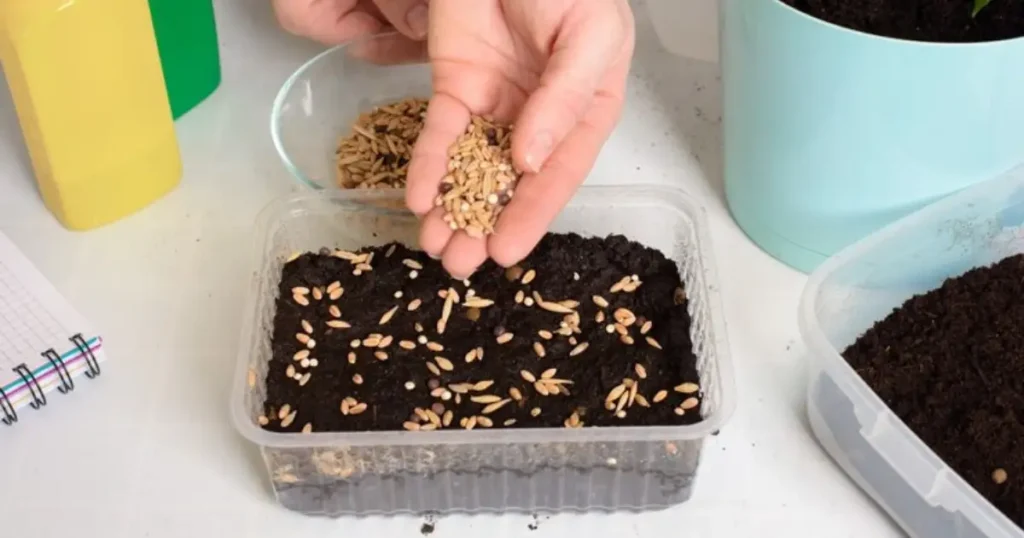
Testing seed germination is crucial to ensure that your gardening seeds are still viable before planting.
Simple Germination Test
- Gather Supplies: You’ll need a few gardening seeds, damp paper towels, and a plastic bag.
- Prepare the Towels: Moisten the paper towels and place the seeds on one half.
- Fold and Seal: Fold the towel over the seeds and place it in the plastic bag.
- Wait and Observe: Keep the bag in a warm area for 5-10 days. Check for sprouting.
Germination Rate Calculation
To calculate the germination rate, count the number of seeds that sprout and divide by the total number of seeds tested. Multiply by 100 to get a percentage.
Paper Towel Method
- Moisten a paper towel and place gardening seeds on one half, folding the other half over to cover them.
- Place the paper towel in a plastic bag and seal it loosely.
- Keep the bag in a warm location with indirect light.
- Check the gardening seeds daily for germination, ensuring the paper towel remains moist.
- Calculate the germination rate by dividing the number of germinated seeds by the total number of seeds tested.
Soil Method
- Plant gardening seeds in a small container with potting mix, following the recommended planting depth.
- Water the container and maintain consistent moisture.
- Place the container in a warm location with appropriate light conditions.
- Monitor the container for seedling emergence.
Lifespan of Vegetable Seeds
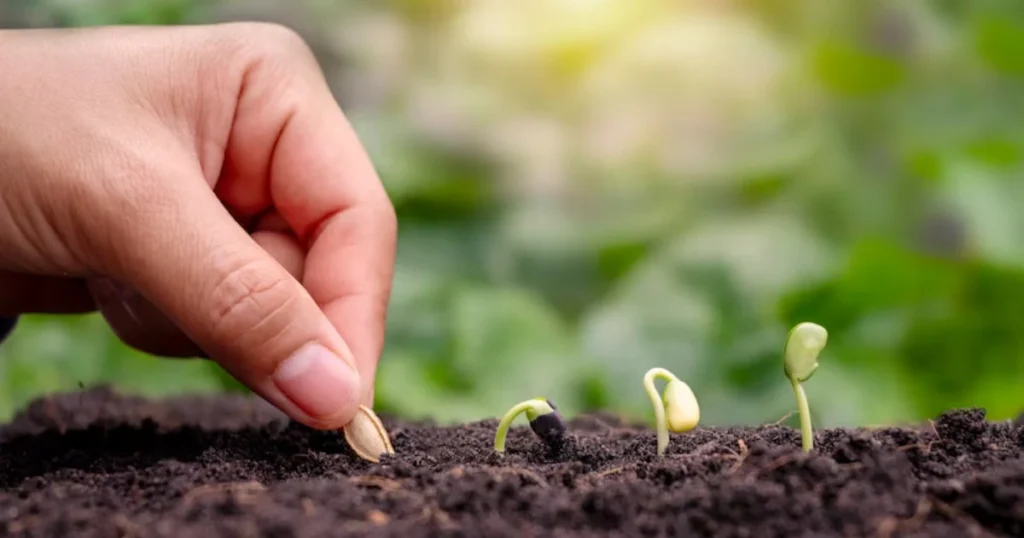
Understanding the lifespan of vegetable seeds is vital for successful gardening. Each vegetable type has a unique lifespan influenced by storage and environmental conditions.
Major Lifespan Considerations
- Hybrid vs. Open-Pollinated: Hybrid seeds tend to have a shorter lifespan compared to open-pollinated varieties.
- Storage Conditions: Seeds stored in optimal conditions can last much longer than those kept in unsuitable environments.
Lifespan of Selected Vegetable Seeds
Different vegetable seeds have varying lifespans, even under optimal storage conditions:
| Vegetable Type | Average Lifespan (Years) |
|---|---|
| Beans | 2-3 |
| Carrots | 1-2 |
| Cucumbers | 5-6 |
| Lettuce | 4-5 |
| Onions | 1 |
| Peppers | 2-3 |
| Tomatoes | 4-5 |
Preserving Seed Quality Over Time
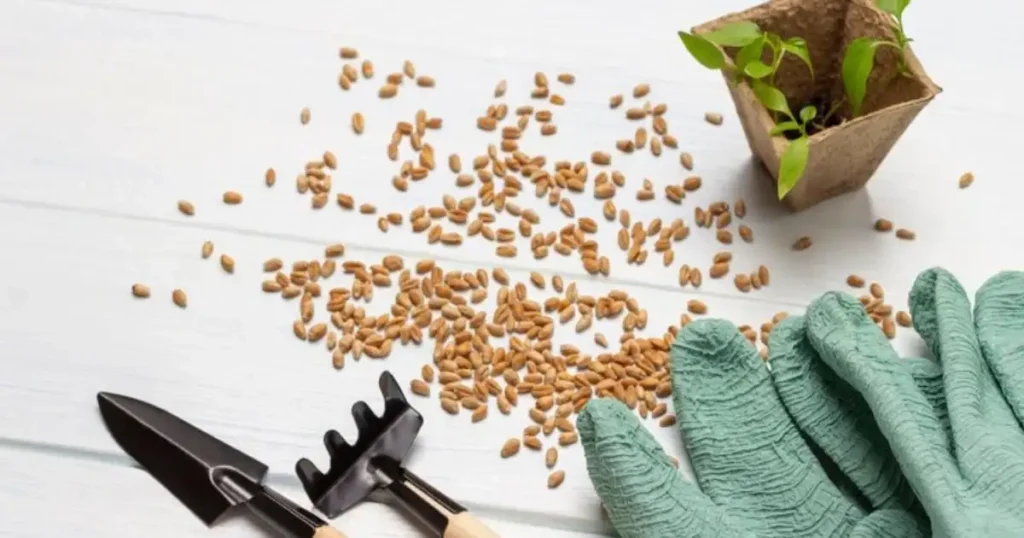
To preserve seed quality, proper handling and storage techniques are essential. Gardening seeds can lose viability due to age, pests, and environmental factors.
Tips for Seed Preservation
- Store in a Cool, Dark Place: Maintain a consistent temperature and keep gardening seeds away from direct light.
- Use Desiccants: Adding silica gel packets can help reduce humidity in the storage container.
- Regular Inspection: Check stored gardening seeds periodically for signs of moisture or pests.
Factors Affecting Seed Longevity
Several factors impact how long gardening seeds remain viable. Understanding these can help gardeners make informed decisions.
Influential Factors
- Moisture Levels: High moisture can lead to mold and seed decay.
- Temperature Fluctuations: Extreme temperatures can damage seeds.
- Age of Seeds: Older seeds naturally have lower viability.
Seed Expiration Dates Explained
Many gardening seed packets include expiration dates, indicating the period during which seeds are expected to germinate successfully.
Importance of Expiration Dates
Expiration dates serve as guidelines but may not reflect the exact viability of the gardening seeds. Always consider testing seeds before planting, even if they are past the expiration date.
Recognizing Signs of Old Seeds and Viability
Visual inspection can sometimes provide clues about seed viability, although it’s not a foolproof method.
- Signs of old gardening seeds:
- Dull or faded color
- Cracked or broken seed coats
- Presence of mold or discoloration
- Viability indicators:
- Plump and firm seeds
- Uniform size and shape
- Absence of damage or discoloration
Organic Seed Storage Tips
For organic gardeners, preserving seed quality is especially important. Organic seeds are typically untreated and require careful handling.
Organic Seed Storage Best Practices
- Source seeds from reputable organic suppliers.
- Avoid treating seeds with synthetic chemicals or pesticides.
- Store organic seeds separately from conventional seeds to prevent cross-contamination.
- Consider using natural pest deterrents like diatomaceous earth in your storage area.
Importance of Seed Labeling for Longevity
Labeling your seeds is essential for tracking their age and storage conditions.
Benefits of Proper Labeling
- Organized Storage: Keeps your seed collection neat and accessible.
- Track Viability: Helps you know when to test or replace seeds.
Conclusion
Understanding how long gardening seeds last is fundamental to successful gardening. By considering seed viability duration, implementing the best storage methods, and recognizing the signs of old gardening seeds, gardeners can optimize their planting strategies.
Remember to test seed germination and keep detailed records through proper labeling. By following these guidelines, you’ll not only enhance your gardening experience but also increase your chances of a fruitful harvest.
FAQs
How long do gardening seeds typically last?
Gardening seeds generally last between one to five years, depending on the type and storage conditions.
What are the best storage methods for seeds?
Seeds should be stored in a cool, dry place, preferably in airtight containers to prevent moisture and light exposure.
How can I test the germination of my seeds?
You can test seed germination by placing seeds in damp paper towels and observing if they sprout within a week or so.
What factors affect the longevity of seeds?
Factors include moisture levels, temperature fluctuations, seed age, and storage conditions.
Why is seed labeling important?
Labeling seeds helps track their age and storage conditions, ensuring you plant viable seeds.
